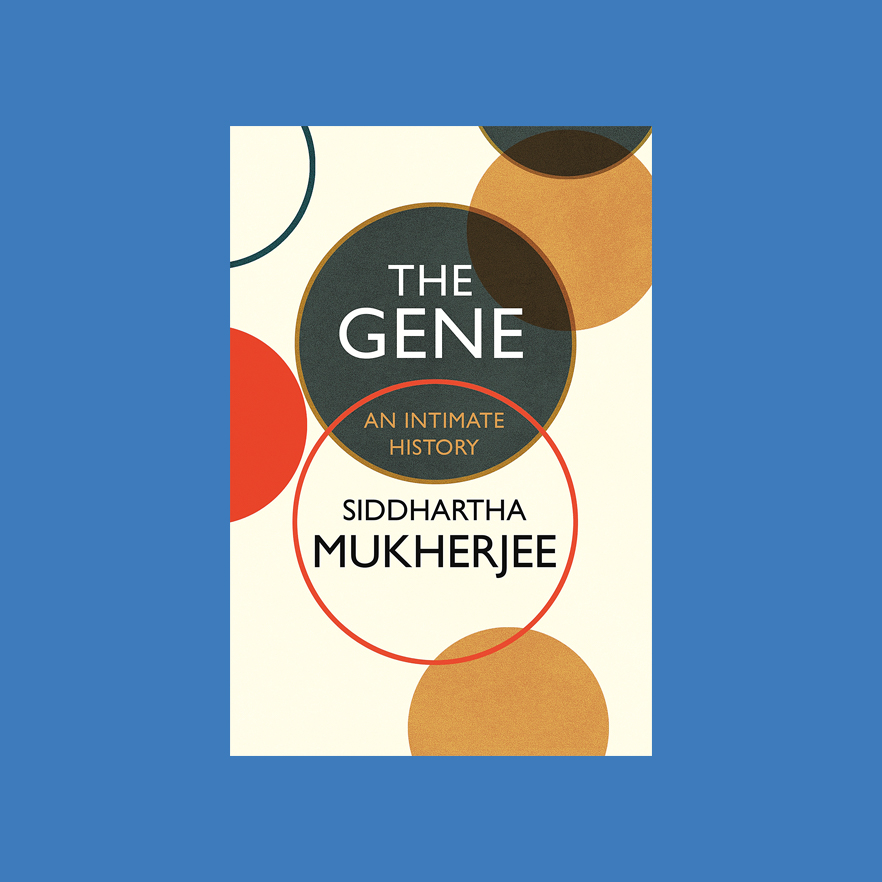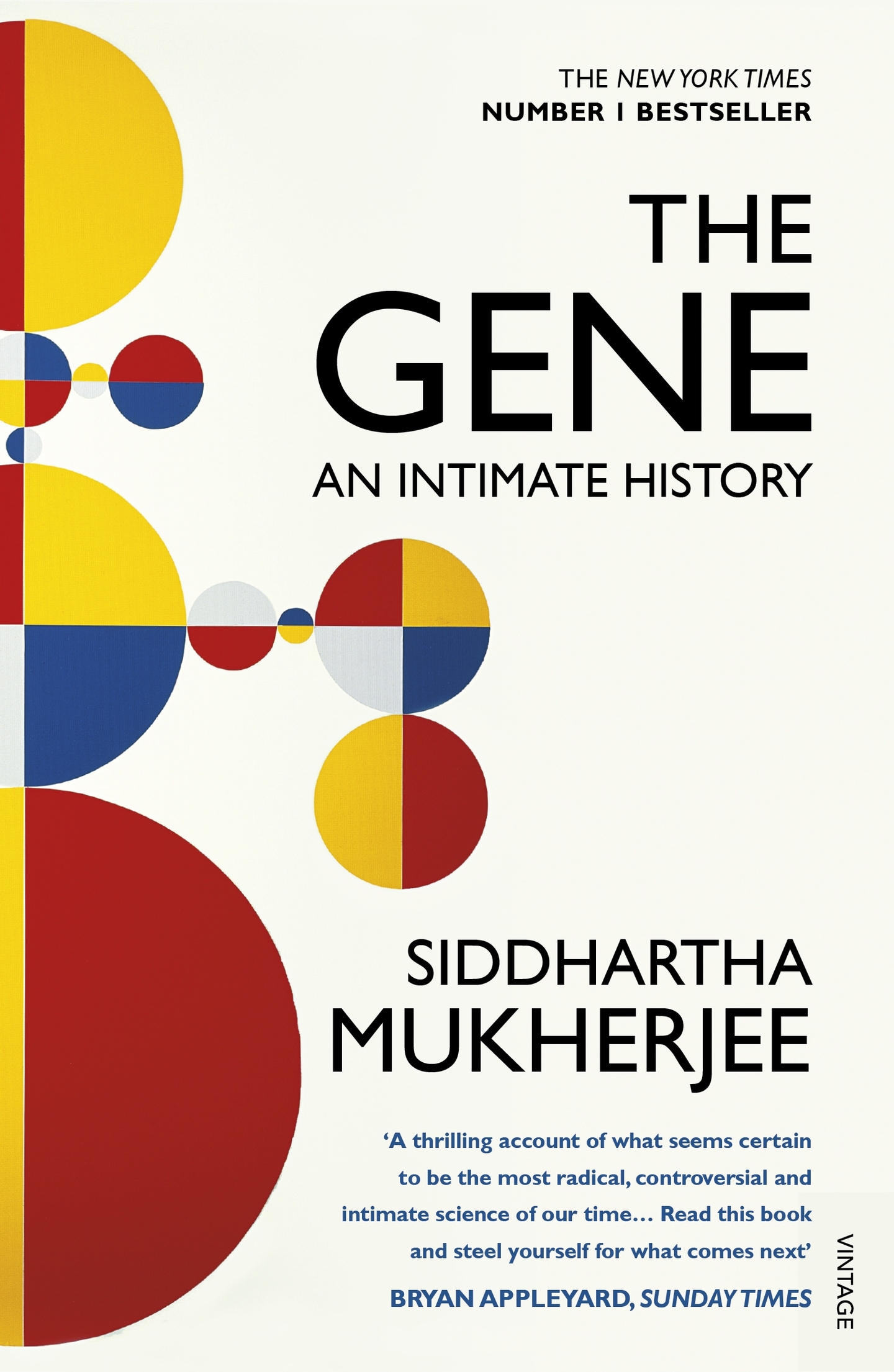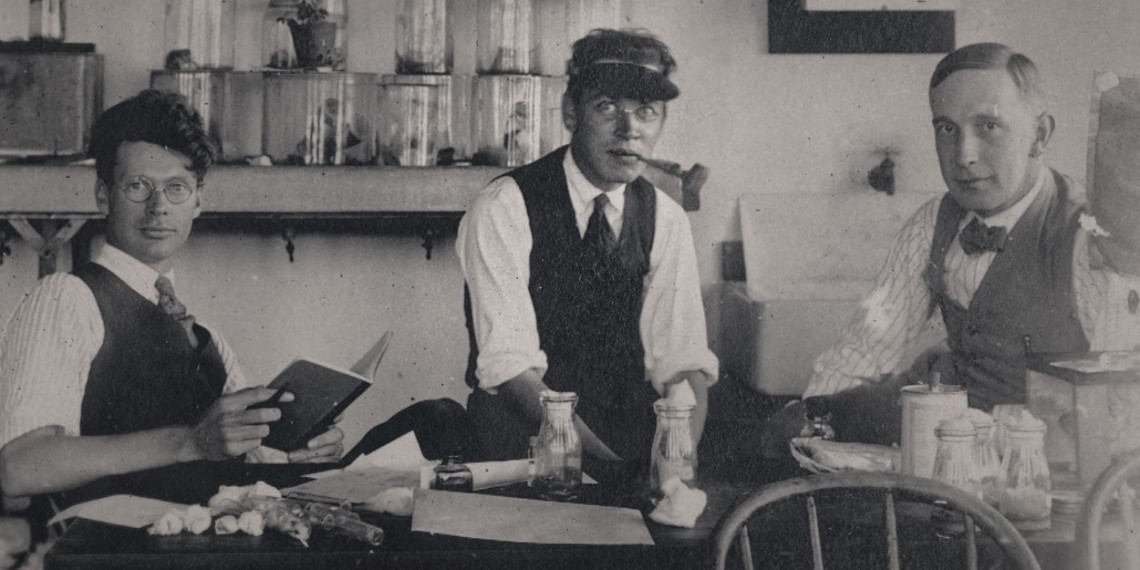
Mukherjee tells the story step by step, experiment by experiment, with all the suspense and excitement of a detective story where the gradual accumulation of clues finally reveals the culprit. It took a long series of ingenious experiments to reveal that DNA was the carrier of genetic information, and it was decades before the amino acid triplet code was discovered and the structure of the DNA molecule was revealed by Watson and Crick. When DNA was first proposed, it was dismissed as a “stupid molecule” that couldn’t carry clever messages. Studies of fruit fly mutants and variants found that some traits were linked, so their genetic information must be located close to each other on the chromosome. Around 1900 they figured out that genes must be carried in the cell’s nucleus and narrowed it down to the chromosomes. The research of Mendel and others convinced scientists that there must be such a thing as a gene. In Nazi Germany, eugenic arguments were used to justify the murder of children, gypsies, Jews, and other politically undesirable groups. In America, there were involuntary sterilizations of people who were thought to be defective but often weren’t, like Carrie Buck. The history of genetics was stained by the eugenic movement, which had dire consequences. His published research was ignored for decades, and only much later did those units come to be called genes. Mendel was the first to discover dominant and recessive inheritance of traits, which meant that there must be inheritable units. Lamarck believed that acquired characteristics could be inherited. The preformation theory held that sperm contained a miniature human. Pythagoras believed that information was carried only in the sperm, and the uterus only provided nourishment.

He delves into the fascinating history of our early gropings towards understanding inheritance.

He explains how the consequences of these ideas have transformed our thinking, our language, our culture, politics, and society. He says it is one of three destabilizing ideas that have transformed science: the concept that irreducible units underlie matter (the atom), digitized information (the byte or bit), and biological information (the gene).


He sets out to tell the story of the birth, growth, and future of one of the most powerful and dangerous ideas in the history of science: the gene. He gives the subject a human face by interspersing anecdotes from his own family’s struggles with mental illness and its connection to inherited genes. He links this second book to his first by pointing out that cancer is an ultimate perversion of genetics, and that studying cancer means also studying its obverse: normalcy.


 0 kommentar(er)
0 kommentar(er)
